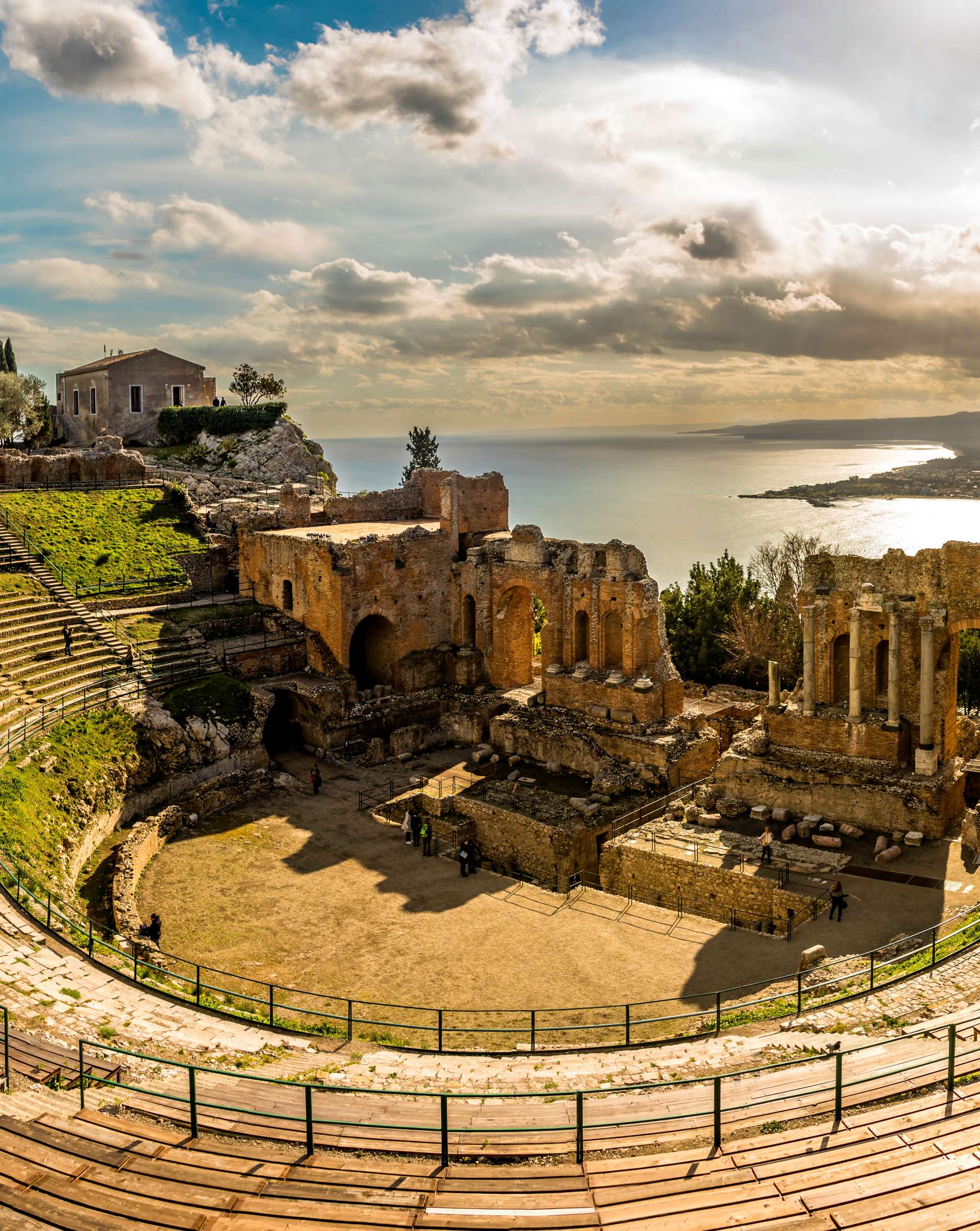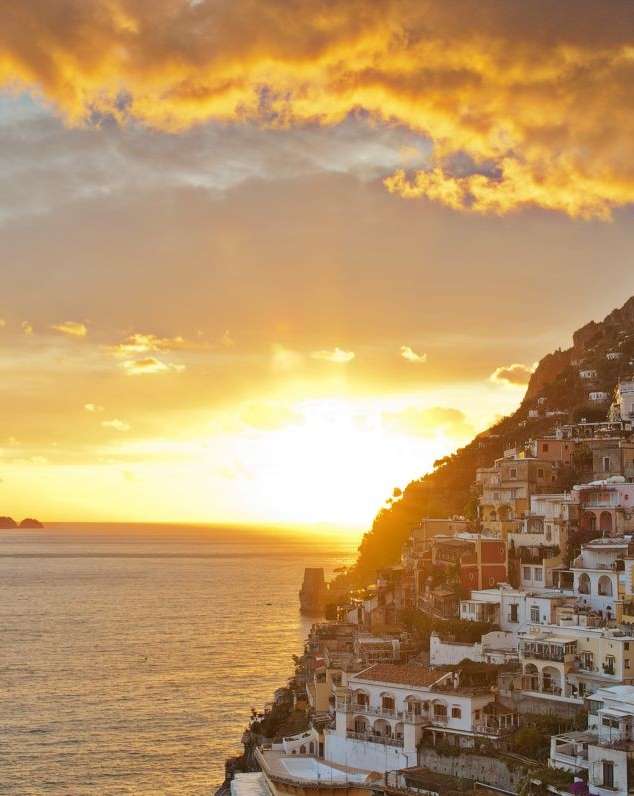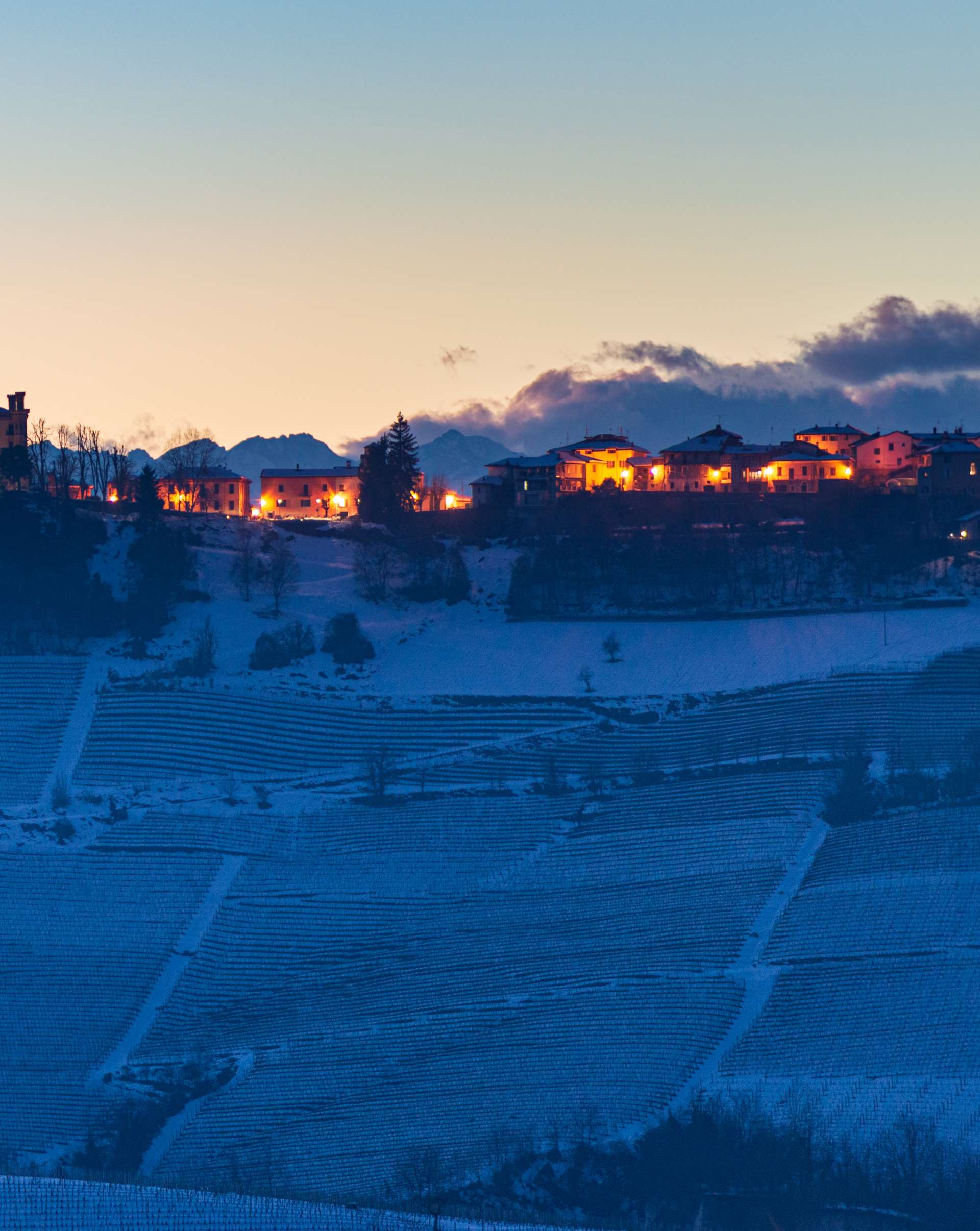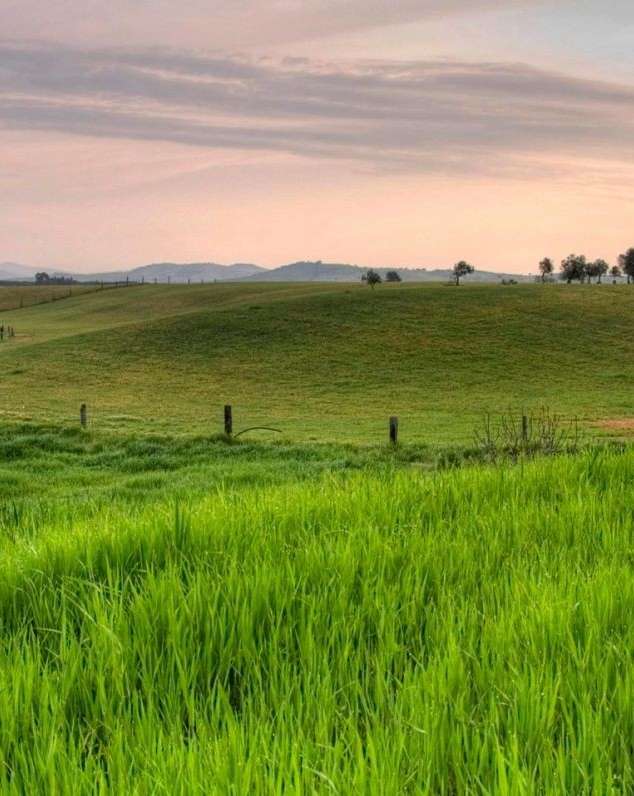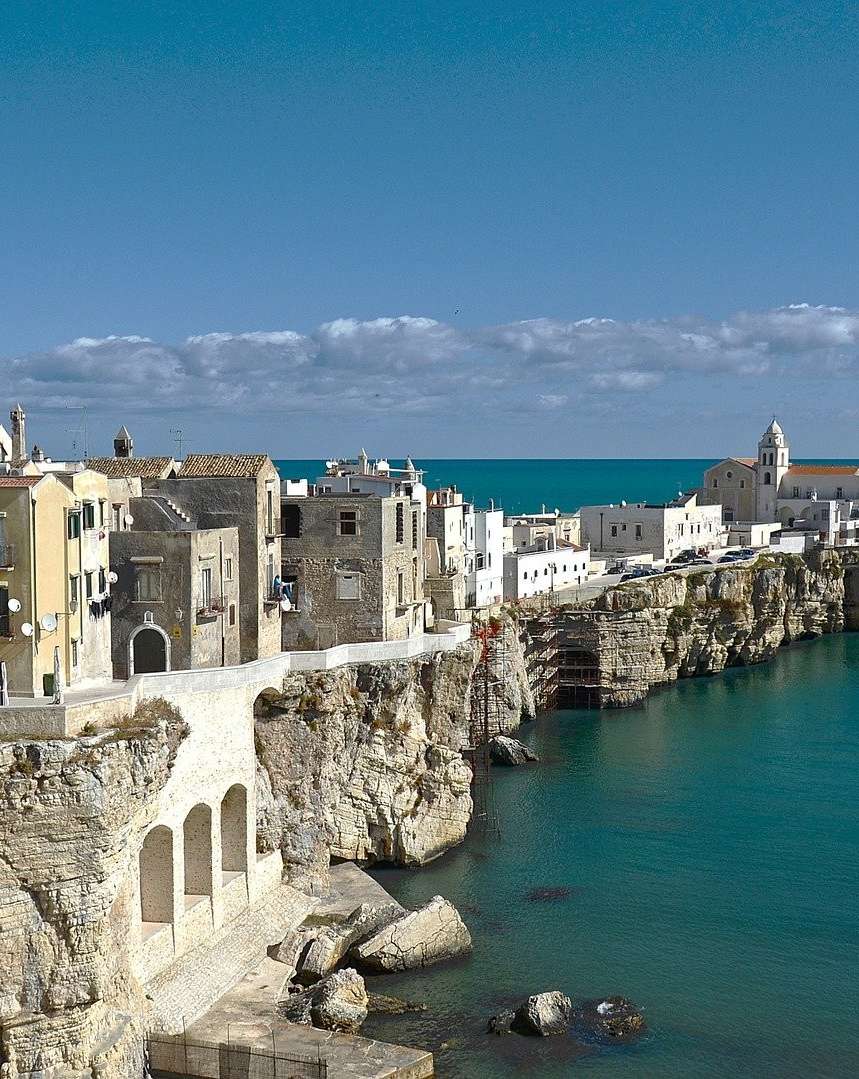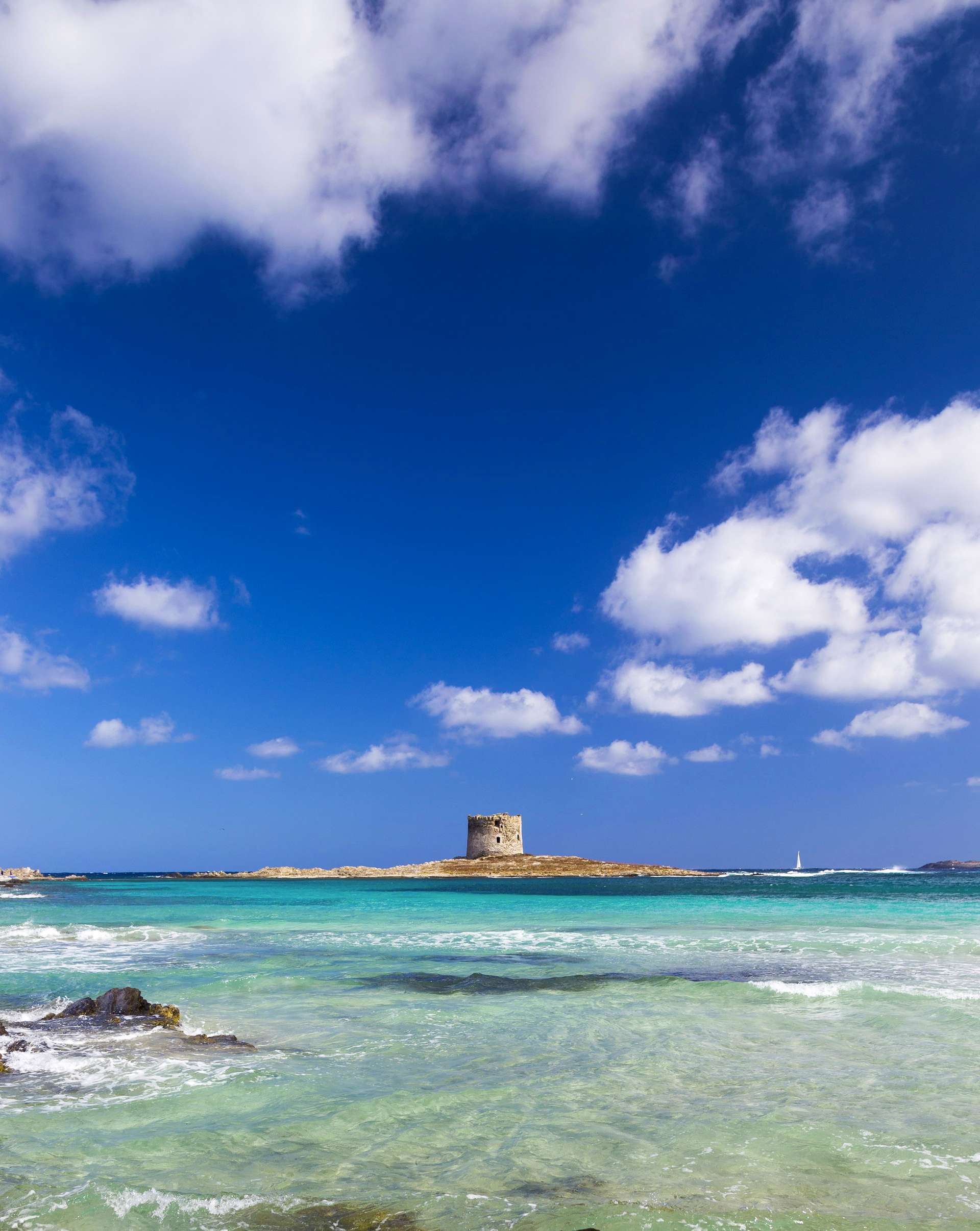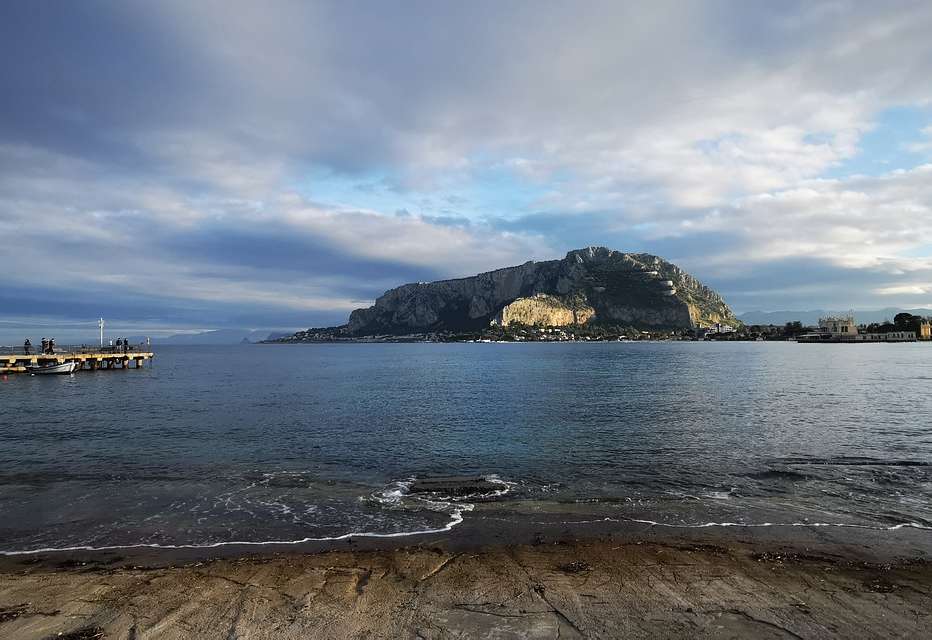
Marsala wine DOC: characteristics, accompaniments, organoleptic properties and best vintages
May 20, 2014Among the many treasures of Sicily, the Marsala wine DOC certainly occupies a place of honor, which is a fortified wine exclusively produced in the province of Trapani. Marsala wine is famous throughout the world for its extreme adaptability: it can be used for cooking as well as a meal accompaniment, as a sorbet substitute, as an aperitif or with dessert. Marsala can be tasted cold, warm or at room temperature. The reason for such great versatility lies in different aging times and many processing methods, resulting in many different types of wine.
Depending on how it is produced, Marsala is classified in Oro and Ambra (both white wines), or Rubino (a red one). The first two are produced using the white, finest grapes of vineyards Grillo, Catarratto, Inzolia and Damaschino. On the other hand, the Marsala Rubino is produced mixing the grapes of Perricone, Calabrese and Nerello Mascalese vineyards with white grapes destined to the Oro and Ambra’s production, for a maximum of 30%. However, there is more to it: depending on the sugar content, you can further distinguish this very fine wine in sweet, dry or semi-dry.
The Marsala DOC (the very first one to obtain the DOC label in the long history of Italian wines) is currently on the market with two different categories: the Marsala Vergine, which is marketed in the types of Vergine (aged for at least five years) and Vergine Riserva (aged for at least ten years), and the Marsala Conciato, which is marketed in the types of Fine (aged for at least one year), Superiore (aged for at least two years) and Superiore Riserva (aged for at least four years).
What foods can you accompany Marsala with? It is a difficult question to answer: because of its extreme versatility, this wine is a perfect accompaniment to a large amount of food. The semi-dry Marsala is a good accompaniment to both classic pastry and blue cheese, while the Marsala Vergine goes very well with smoked fish and aged cheese. You can also taste it with less common accompaniments, such as pumpkin risotto, tripe soup, or even a spicy pork. You’ll just have to try it!
As far as the organoleptic properties of Marsala DOC, we have to take into considerations the different categories of this particular wine. As an example, the Marsala Vergine and the Vergine Riserva have a more or less intense golden color and a distinctive flavor and aroma. The Marsala Fine, Superiore and Superiore Riserva may instead have different colors (golden, yellow or ruby red) and flavors (dry, semi-dry or sweet) depending on their origin. Finally, if you ask about the best Marsala’s vintages, its lovers surely remember those of 1939, 1944, 1948 and, more recently, the one of 1992, all considered as remarkable ones.

